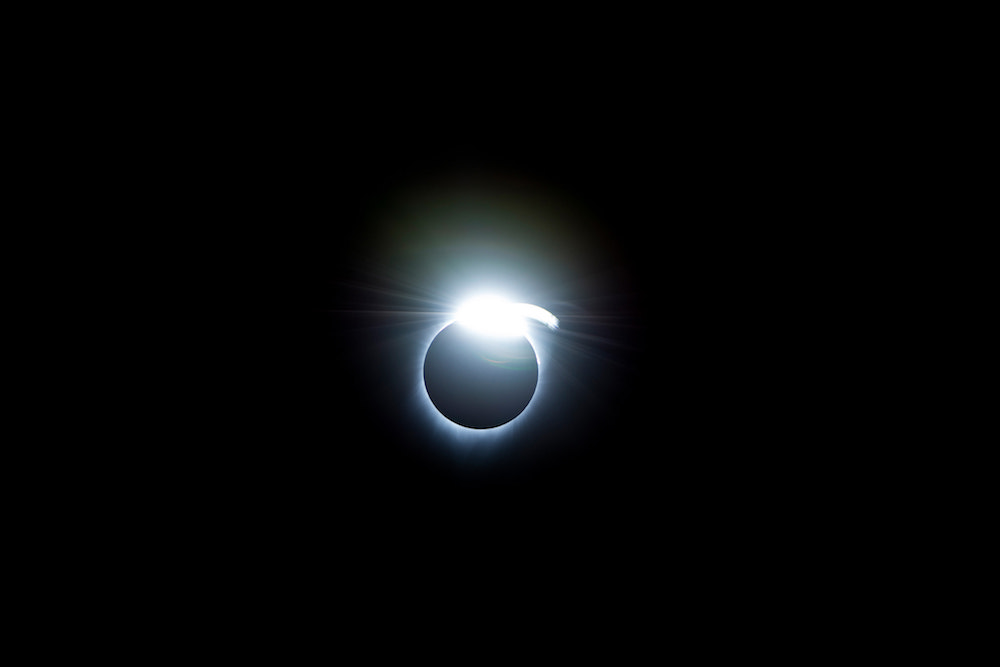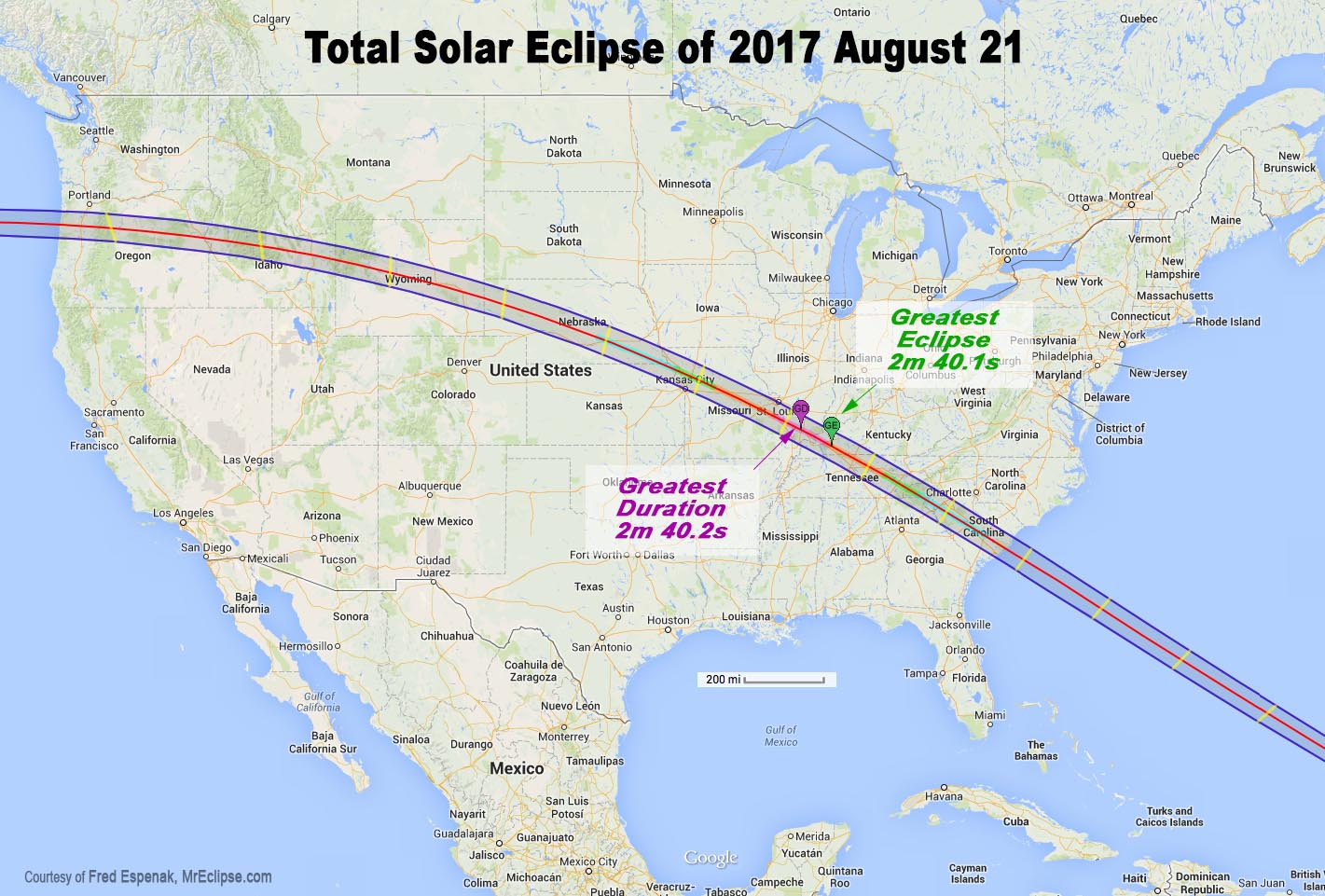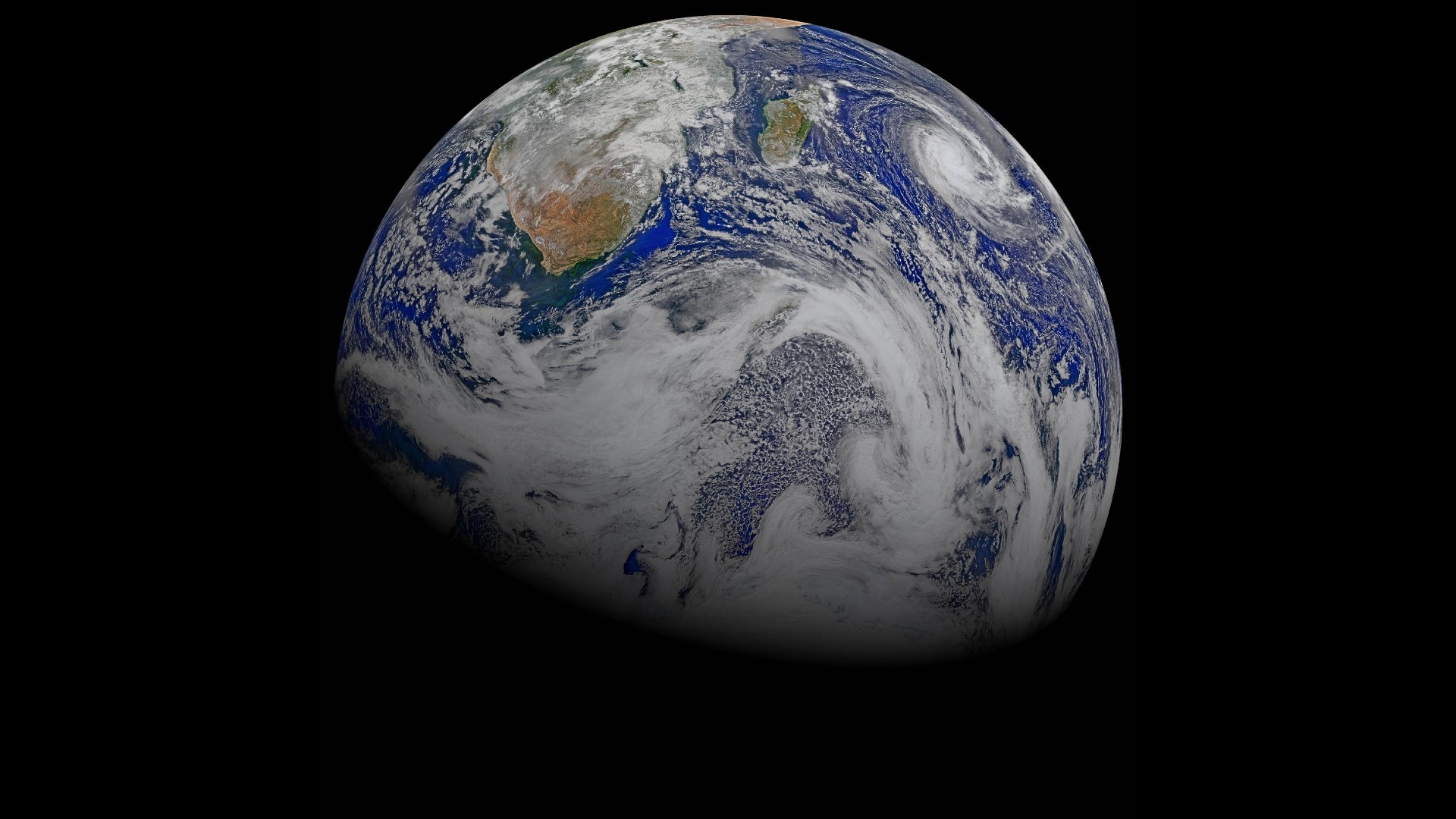A Year After the Great American Solar Eclipse, the Excitement Remains
A year after the Great American Solar Eclipse, enthusiasm is high for the next go-round. Partial eclipses will cast their shadow on the United States in 2021 and 2023, and a total eclipse will once again grace the country in 2024. Last year's eclipse provided incredible science and opportunities for public outreach, and the lessons learned from the event will help to make future eclipses run even more smoothly.
"There was a very positive reaction to the eclipse, maybe more positive than we truly appreciated," Alex Young, associate director for science in the Heliophysics Science Division at NASA's Goddard Space Flight Center, told Space.com by email. As the lead organizer for NASA's national eclipse plan, Young spent several years preparing for the astronomical event, and he continues to discuss it when he gives public talks.
"There still seems to be a lot of excitement," he said. [Here Are the Most Amazing Photos of the 2017 Total Solar Eclipse]
Heating up science
On Aug. 21, 2017, most of the continental United States watched as the moon moved between Earth and the sun. While the bulk of the continent experienced at least a partial eclipse, those in the 70-mile (113 kilometers) path of totality that crossed 14 states experienced an incredible event as, for about 2 minutes at the path's center, the sun was completely covered.
Those fleeting moments, with the solar body hidden, revealed the tenuous outer atmosphere of the sun. During this time, scientists scrambled to make on-the-ground observations that are possible only during a total eclipse.
Matt Penn, formerly of the National Solar Observatory, studied the region of the sun's atmosphere called the corona as part of the Citizen Continental America Telescope Eclipse (CATE) Experiment. Citizen CATE set up 68 telescopes with teams of volunteers spread across the path of the eclipse.
"At all times, at least one CATE telescope was in the shadow, looking at the corona," Penn told Space.com in December 2017.
Breaking space news, the latest updates on rocket launches, skywatching events and more!
Penn, who is the project chair for Citizen CATE, and his colleagues used the eclipse as a solar filter to reveal the sun's secrets. With the help of the moon, they were able to peer closer to the solar surface than they could with space-based instruments that use an artificial coronagraph (a round shield that blocks the body of the sun), improving previous measurements by a factor of 100.
Solar astronomer and eclipse-chaser Jay Pasachoff, of Williams College in Massachusetts, also led an expedition that crossed the path of the eclipse. High-resolution images taken in the eclipse path revealed motion in the fine structure in a coronal streamer and a major change in at least one polar plume in the 65 minutes that elapsed from the first observations in Oregon to the final ones in Illinois. The results also showed a variation of coronal temperatures that Pasachoff said was expected from the changing phase of the sunspot cycle.
Shadia Habbal, a researcher at the University of Hawaii, probed the temperature, density and motion within the corona. Habbal's group identified pockets of material that were relatively cool, with temperatures like those found in the lower chromosphere levels, material that could eventually be pushed away from the sun as coronal mass ejections (CMEs). The results placed new, strong constraints on models of CMEs, Young said.
Not all observations of the sun took place on the ground. Amir Caspi, a space scientist at the Southwest Research Institute in Boulder, Colorado, sent telescopes into the air on refit bombers. Instead of observing the eclipse for the maximum of about 2.5 minutes, the high-speed aircraft managed to extend the observed totality for almost 8 minutes as they flew from Texas to Tennessee in the eclipse path. The cameras observed the structures of the eclipse, and the researchers are combing through the data looking for dim ripples and waves in the solar corona.
"It's going to hold a lot of interesting clues," Caspi told reporters at the end of 2017.
The solar eclipse didn't just teach us about the sun. It also gave us a chance to observe Earth's ionosphere, the ionized layer of the planet's atmosphere. The ionosphere grows and shrinks based on the amount of extreme ultraviolet radiation it receives from the sun, and during the eclipse, that loss will be sudden. According to Young, scientists in the 1970s predicted that the sun's supersonic shadow would produce a bow wave across the charged atmosphere.
"Not until the 2017 eclipse did we have the coverage necessary for definitive observations of the phenomena," Young said.
Modified weather balloons also helped scientists observe the eclipse from the air. High school and college students across the country participated in the Eclipse Ballooning Project, where they flew balloons through Earth's lower atmosphere, sending images of the eclipse to the ground for live-viewing streams. This marked the first-ever live footage of an eclipse from this part of the atmosphere. The balloons probed the changes in the atmosphere and measured the height of the planetary boundary layer, the lowest part of the planet's atmosphere whose behavior is influenced by Earth's surface. They found that temperatures in the layer dropped nearly to nighttime levels during totality.
Some of the balloons carried samples of harmless bacteria into the upper atmosphere, the high-altitude simulating pressures present on Mars. Because the Red Planet is farther from the sun, it experiences far less light than Earth. That dimness is replicated during a total solar eclipse. The team is continuing to process the results. [Here's What Scientists Have Learned From Total Solar Eclipses]
"A unique opportunity"
Public observations of the astronomical event eclipsed the widespread scientific interest. A post-eclipse study revealed that about 215 million American adults — 88 percent of the adult population — watched the astronomical wonder in some form or fashion. That's nearly twice the viewership of the 2017 Super Bowl that preceded it.
"Those of the public who saw it were pleased, even overwhelmed," Pasachoff told Space.com by email. "Now perhaps the ones who didn't make it to totality will try to do so for 2024."
Young agreed that the 2018 eclipse may help to inspire viewers to make the next one. "One of the biggest issues is teaching the public about the difference between 99 percent and 100 percent totality," he said.
While an area that experiences 99 percent totality can see most of the sun covered, the small sliver that remains visible inhibits some of the unique events that occur during a total eclipse. These events include a wave of darkness racing across the landscape in the moments before the sun is blotted out, temperature shifts, and the strange darkness in the middle of the day and the confused responses of animals to it.
"It was difficult to convey that 99 percent was not 'close enough' and that 100 percent is completely different and unique," Young said.
Both Young and Pasachoff expressed hope that the realization would encourage more people to try to get in the path of the 2024 total solar eclipse. On April 8, 2024, the lunar shadow will sweep across Mexico and North America. The path of totality enters the United States in Texas and moves northeast to Maine.
Pasachoff is an eclipse veteran, holding the record for most eclipses viewed. The Great American Solar Eclipse was his 66th and his 33rd total solar eclipse. Since then, he has seen three partial eclipses, in Buenos Aires, Tasmania and Stockholm, putting his solar eclipse total at 69.
Pasachoff watched the Great American Solar Eclipse with his colleagues and tourist groups, as well as with a family group of 25 people, all of whom he said were overwhelmed.
"I am so pleased and relived that after all our hard work and planning, the sky was very clear and our equipment worked, allowing us to see the eclipse and to collect wonderful scientific data," he said.
But weather doesn't always cooperate with the best of arrangements, a fact Young learned all too well. After years of preparation, Young set up in Charleston, South Carolina, to participate in NASA's 4-hour broadcast. Unfortunately, the weather kept him from seeing any totality, and clouds even blocked the partial eclipse before and after.
"This was pretty disappointing for me," Young said, pointing to the years he had spent helping NASA to prepare for the event.
"Despite that disappointment, all the time I spent talking to the public and engaging and exciting them about the eclipse was magical, and well worth it. It was a unique opportunity to be a part of such an amazing event and to connect with so many people," he said.
Follow Nola Taylor Redd at @NolaTRedd, Facebook, or Google+. Follow us at @Spacedotcom, Facebook or Google+. Originally published on Space.com.

Nola Taylor Tillman is a contributing writer for Space.com. She loves all things space and astronomy-related, and always wants to learn more. She has a Bachelor's degree in English and Astrophysics from Agnes Scott College and served as an intern at Sky & Telescope magazine. She loves to speak to groups on astronomy-related subjects. She lives with her husband in Atlanta, Georgia. Follow her on Bluesky at @astrowriter.social.bluesky


